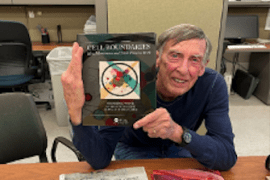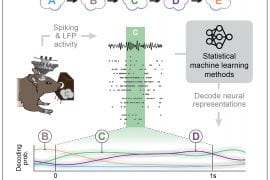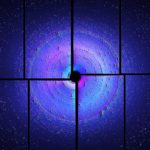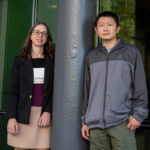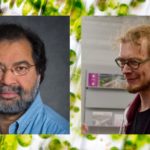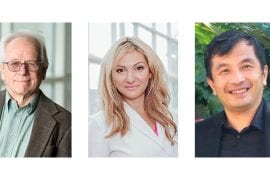Latest News
UCI receives renewal of designation as Huntington’s Disease Society of America Center of Excellence
Renewal recognizes UCI’s dedication to patient care and active engagement in research to develop new therapeutic approaches
UCI team uncovers key brain mechanisms for organizing memories in time
Convergence research project integrated neurobiology with data science techniques
Behind a good mutation: How a gene variant protects against Alzheimer’s
UCI study provides first evidence about how this protective mutation may reduce disease risk
Three Berkeley Lab Scientists Receive AAAS Fellowship
Three staff researchers and one affiliate have been elected into the 2021 class of the American Association for the Advancement of Science
Crystallography for the Misfit Crystals
As the name implies, crystallography requires crystals – specifically, purified samples of the molecule of interest, coaxed into a crystal form. But most molecules form powders composed of jumbled granules, not picture-ready crystals. A new computer algorithm, combined with a state-of-the-art laser, can adapt X-ray crystallography for the many not-so-neat-and-tidy compounds that scientists seek to study.
Coping with memory impairment during the holidays
School of Biological Sciences Dean Frank La Ferla offers advice for family members
New Device Advances Commercial Viability of Solar Fuels
A research team has developed a new artificial photosynthesis device with remarkable stability and longevity as it converts sunlight and carbon dioxide into two promising sources of renewable fuels – ethylene and hydrogen.
Chloro-phylling in the Answers to Big Questions
Photosynthesis – the enzyme-based process of converting carbon dioxide into food, using water and sunlight – is literally the foundation of life on Earth, and understanding the reaction at an atomic level could lead to vast production of renewable fuels made from greenhouse gases sucked out of the air. A Berkeley Lab team has been uncovering precise, step-by-step details of photosynthesis for years. We spoke to two members, co-lead author and senior scientist Vittal Yachandra and co-first author and postdoctoral researcher Philipp Simon, about their latest study, shooting stuff with lasers, and why they chose this field.


